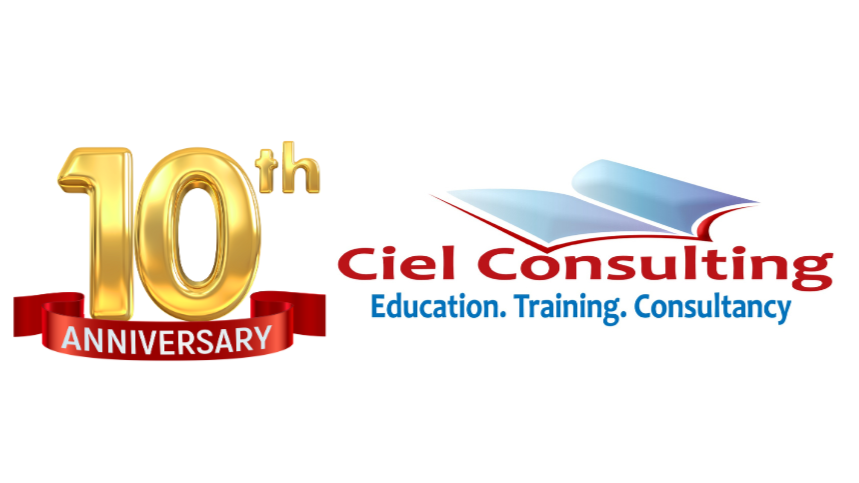All you need to know about the new PMBOK 6
This article is a brief overview of the release date for A Guide to the Project Management Body of Knowledge (PMBOK® Guide) Sixth Edition and how this affects the PMP® Exam.
In addition to giving you all the dates of the PMBOK® Guide 6 release we will also give you our recommendation on which version you should use for your PMP exam prep studies.
This article will be updated over time as Project Management Institute (PMI)® releases more specific release dates.
When will PMBOK® Guide Sixth Edition be released?
According to PMI®, we can expect the following release dates:
Draft Release is scheduled for the first quarter of 2017 (Jan-Mar 2017)
Final Release is scheduled for the third quarter of 2017 (Jun-Aug 2017)
The Draft Release is mainly intended for training companies, so that we can begin updating our training materials. Students do not need to worry about that particular version at all.
When will The PMP® Exam change?
The PMP® Exam is largely based on the content found in the PMBOK® Guide. The exam changeover from version 5 to 6 is scheduled as follows:
PMP Exam update to PMBOK® Guide 6 will happen in Q1 of 2018 (possibly as early as January 2018)
What are the major changes that will happen?
1) There will be 49 processes from 47.
2) Three new processes will be added and one process will be deleted.
New processes:
"Manage Project Knowledge"
"Control Resources"
"Implement Risk Responses"
Deleted process:
Close Procurements process has been removed. Its functionality has been consolidated into the "Close Project or Phase” Process
3) Two Knowledge Areas will be renamed:
From Project Human Resource Management to "Project Resource Management"
From Project Time Management to "Project Schedule Management"
4) Some Processes will be renamed:
From Perform Quality Assurance to "Manage Quality"
From Plan Human Resource Management to "Plan Resource Management"
From Acquire Project Team to "Acquire Resources"
From Control Communications to "Monitor Communications"
From Control Risks to “Monitor Risks“
From Plan Stakeholder Management to "Plan Stakeholder Engagement"
From Control Stakeholder Engagement to "Monitor Stakeholder Engagement"
5) Chapters Re-alignment
There will be chapters re-alignment in Front End (Chapters 1 to 3). The information in Chapter 1 to 3 will be combined into 2 chapters and a new Chapter 3 will be devoted to “The Role of the Project Manager” where many aspects of the Project Manager’s role will be specifically mapped to the PMI Talent Triangle.
6) There will be Process Tailoring which means analyzing the project to determine how much emphasis to put on each process (based on the scope & size of the project).
7) There will be various notations throughout the new PMBOK® Guide differentiating between processes which are “Ongoing” (continuously executing) vs. "Non-ongoing processes.” This concept will be emphasized for the first time in new PMBOK® Guide Sixth Edition.
8) The Project Scope vs Product Scope concept will also be emphasized for the first time in new PMBOK® Guide 6th Edition.
9) The Earned Value tool kit supported by the PMBOK® Guide will now include “Earned Schedule Management".
10) There will be distinction between "Communication" (as in communicating between two people) and "Communications" (artifacts, such as published emails).
11) The new strategy, “Escalate Responses” provides for a PM escalating a risk to the appropriate party so that the risk is no longer his/her responsibility. Once escalated, the PM will now have the option of either:
A) Removing the risk from the project’s risk register if desired, or
B) Keeping it in the risk register, but classifying it as “Escalated/Assigned To.”
12) The new Lessons Learned Register is now part of the set of ITTOs. Project Managers will now be encouraged to update on a frequent basis (not just at the end of the project). Updates can be done at any time throughout the project, especially at the end of project phases (similar to the “Retrospective” in Agile).
13) The PMBOK® Guide itself is taking on more of a voluntary instead of mandatory tone in some areas. For instance, for Requirements Collection, they might now say something to the effect that, “Here is a list of possible choices of tools. Choose any of these that best might fit your current project.”
14) ITTO Bundling
There will be simplification of Inputs and Outputs in ITTO table. Tools & Techniques will be grouped under common headings.
15) New Appendix Information
Summary of Key Concepts
Summary of Tailoring Considerations
Summary of Tools & Techniques
Adaptive & Iterative Approaches
Which version of the GUIDE should I use to study?
That's easy:
Are you taking your exam before Jan 1, 2018? Use PMBOK® Guide 5th Edition.
Are you taking your exam after Jan 1, 2018? Use PMBOK® Guide 6th Edition.
Please note that the above recommendation is based on the expectation that the PMP® exam will probably change to the new standard in January of 2018. We had discussions with the PMBOK® Guide team in September 2016 and "about January 2018" is the best target date that anyone has at this time. We will update this recommendation once more data becomes available. But in the meantime you should plan on passing your PMP exam in 2017, so that you can take it based on PMBOK® Guide 5th Edition.

